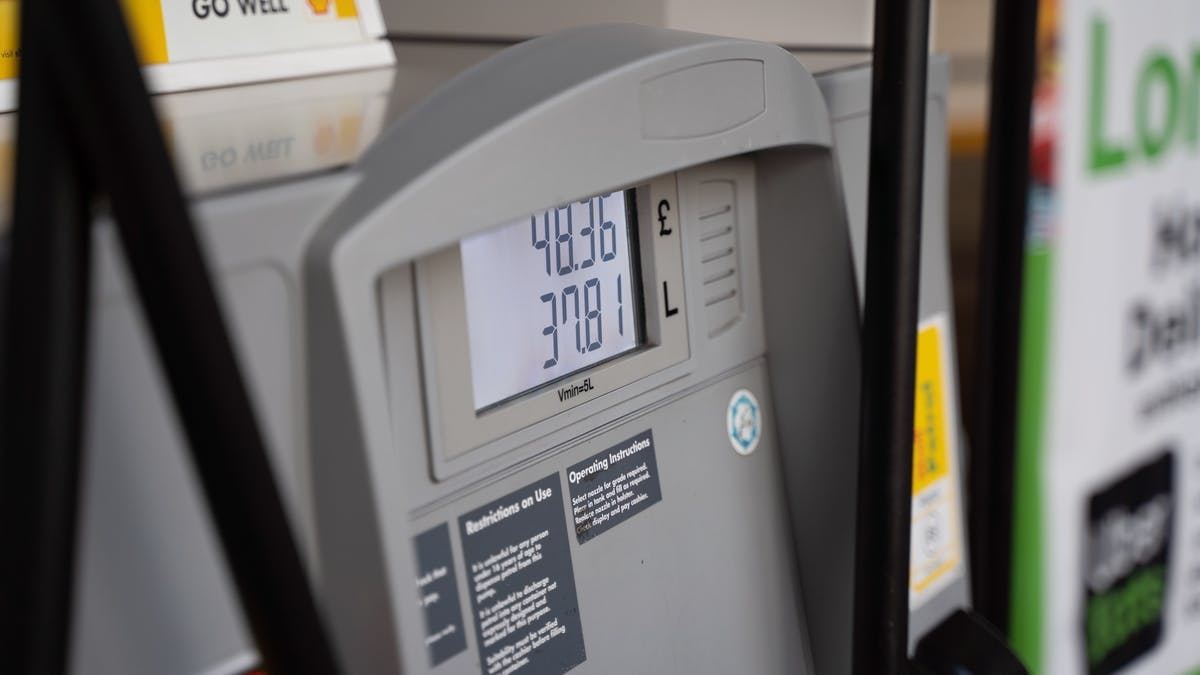Headline inflation jumped to 5.1 per cent in the first three months of 2022, with food prices rising at the fastest rate since 2011.
The Australian Bureau of Statistics (ABS) reported that the Consumer Price Index (or CPI) rose 2.1 per cent in the March 2022 quarter, up from 3.5 per cent the previous quarter and exceeding market expectations of 4.6 per cent.
This is the largest quarterly and annual increase in inflation since implementing the Goods and Services Tax (GST) in 2000.
The most significant contributors to the March quarter CPI increase were new dwellings (+5.7 per cent), automotive fuel (+11.0 per cent), and tertiary education (+6.3 per cent).
“Continued shortages of building supplies and labour, heightened freight costs, and ongoing strong demand contributed to price rises for newly built dwellings,” said Head of Prices Statistics at the ABS, Michelle Marquardt.
“Fewer grant payments made this quarter from the Federal Government’s HomeBuilder program, and similar state-based housing construction programs also contributed to the rise.”
Food inflation pressure is likely to stay
Food prices are rising at an unprecedented rate worldwide, owing to two years of disruption caused by the COVID-19 pandemic and now the Russia-Ukraine war.
In Australia, notable increases in the food group (+2.8 per cent) were recorded, reflecting high transport, fertiliser, packaging, ingredient costs, COVID-related disruptions, and herd restocking due to favourable weather.
Vegetables (+6.6per cent), waters, soft drinks, juices (+5.6 per cent), fruit (+4.9 per cent), and beef (+7.6 per cent) were the main contributors to the increase in food prices.
“The rise for the food group was softened by voucher programs in Sydney and Melbourne, which reduced out of pocket costs for meals out and takeaway foods. The grocery component of the group, which excludes meals out and takeaway foods, rose 4.0 per cent in the March quarter.” Ms Marquardt said.
Further squeeze on households
Households are feeling the brunt of price increases, with non-discretionary inflation, including food, gasoline, housing, and health care. Other grocery prices, such as non-durable household products, which include toilet paper and paper towels, rose in the March quarter.
According to Michael Harvey, Senior Analyst at Rabobank, consumers should brace themselves for further food price increases in the coming months as higher transportation costs, supply chain disruptions, and other increased input costs work their way through the system.
“Food price rises were the highest in the grocery channel. There was reported inflation in foodservice, but this was ‘softened by meals out and takeaway foods (+0.7%), which saw price rises partially offset by voucher schemes reducing out-of-pocket costs for consumers in some cities.”
“Horticulture was a major contributor to the food inflation recorded – vegetables (+6.6%) and fruit (+4.9%) prices were higher year-on-year. Higher cost of meat, seafood and dairy were also significant contributors to food price inflation in the quarter.”
Possible interest rate hike?
With the highest level of inflation in more than two decades, the Reserve Bank of Australia (RBA) may be forced to raise interest rates soon.
The RBA has currently maintained the official cash rate – the rate banks pay to lend to and borrow from one another – at 0.1 per cent. The RBA’s next monetary policy decision is scheduled for May 3. The RBA last raised the official cash rate in November of 2010. (Read full story on Dynamic Business here)
Earlier, in a statement, the RBA warned about rising petrol and commodity prices, leading to a further rise in inflation in the coming quarters, with an updated set of forecasts due out in May.
“Inflation has picked up, and a further increase is expected, but growth in labour costs has been below rates that are likely to be consistent with inflation being sustainably at target, the RBA said in a statement.
“Over the coming months, important additional evidence will be available to the Board on inflation and labour costs’ evolution.
“The Board will assess this and other incoming information as its sets policy to support full employment in Australia and inflation outcomes consistent with the target.”
According to Anneke Thompson, Chief Economist at CreditorWatch, the two biggest contributors to Australia’s highest recorded inflation figure since the introduction of the GST in 2001 are new dwelling purchases and transportation costs driven by high oil prices.
“Today’s inflation data points to price pressures across the spectrum. Diving into the data, a shortage of labour has been a key factor, particularly in the construction sector. However, the removal or gradual easing of government grants and stimulus introduced throughout COVID-19 has played a part.
“There was a clear divergence between the growth in prices for non-discretionary items (6.6%) versus discretionary items (2.7 per cent). This could be down to sellers of non-discretionary goods feeling more confident to raise prices earlier, as buyers seeking those items have few substitutes.
“In reality, sellers of discretionary items will be feeling the same cost and labour pressures, so there will likely be further price increases here.
“Overall, it’s expected that consumers will start to alter their buying patterns to cope with these price pressures, and this always impacts the non-discretionary sector first.
“This aligns with CreditorWatch’s Probability of Default data as part of the March 2022 Business Risk Index (BRI), which puts the food and beverage services and arts and entertainment sectors at the highest probability of default.”
For full ABS report, click here.
Keep up to date with our stories on LinkedIn, Twitter, Facebook and Instagram.

